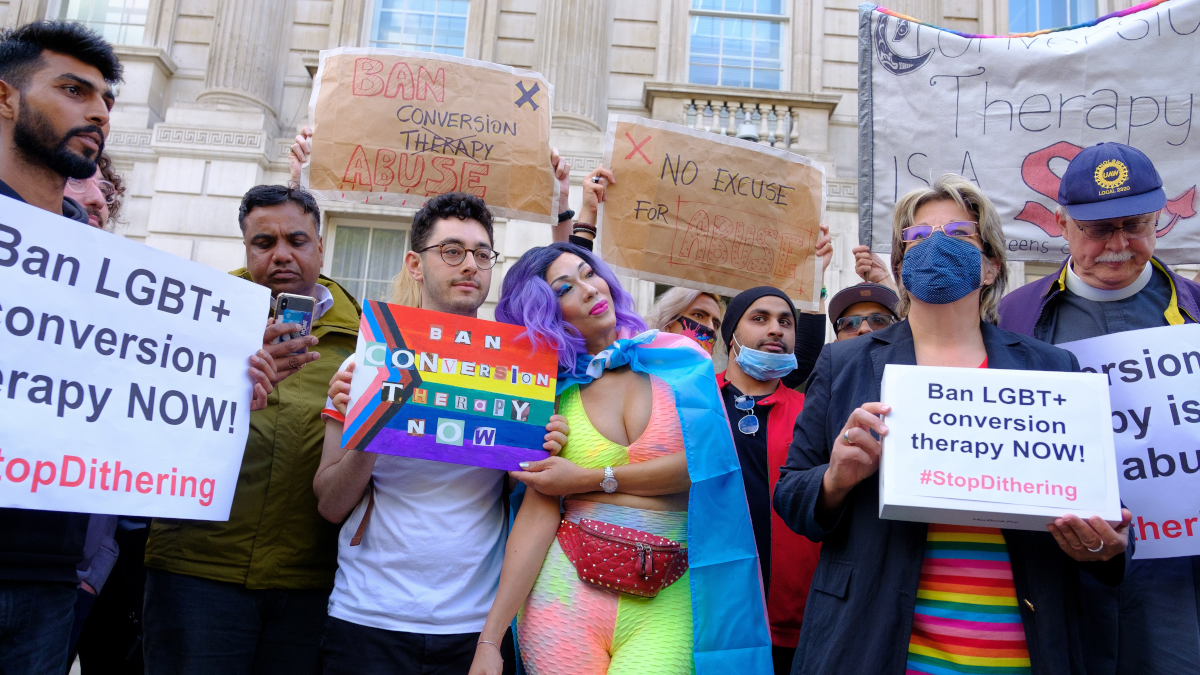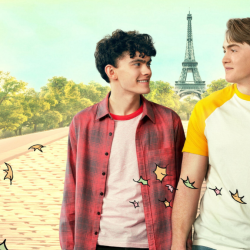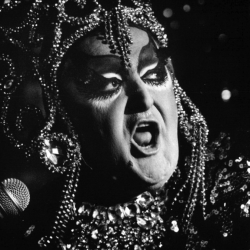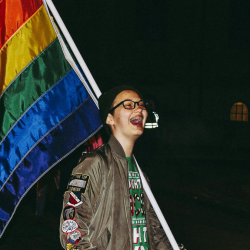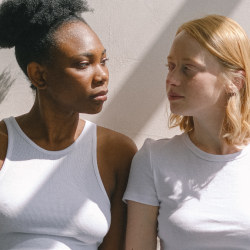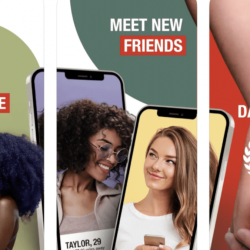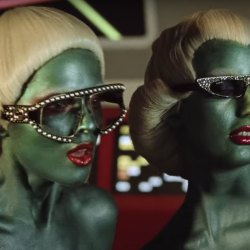This month, we mark 50 years of the UK Pride movement. Throughout June, the LGBTQ+ community celebrated their identities and accomplishments, and continued to reflect on the struggle for equality.
Importantly, more brands sought to support the community with inclusive marketing. Some of this was celebrated as smart and authentic, some of was called out as tokenism, but all of it was positive in terms of the movement towards greater diversity in storytelling.
And as important as Pride is, LGBTQ+ storytelling goes way beyond one summer month. The real power of queer, is telling queer stories all year round, and for everybody.
Telling queer stories is good for society
80% of those exposed to LGBTQ+ people in ads and media are supportive of equal rights, compared to 70% who are unexposed. And queer stories are really good for business. The estimated UK spending power of the LGBTQ+ community reached $137bn in 2018, according LGBT, and we can assume it’s grown significantly since then. And, looking at the UK as a whole, 45% of consumers under 34 say they are more likely to do repeat business with an LGBTQ+ friendly company.
Telling stories with queer characters or queer storylines can simply be more interesting and engaging — three out of four tested LGBTQ+ themed ads outperform generic ads in driving brand recall.
Creating stories that address diversity isn’t just about speaking to that specific community. It’s about setting up a brand as being representative of our changing and inclusive world. With 56% of all 18-24 year olds not identifying at 100% heterosexual, queer storytelling is marketing for all, reflective of the modern consumer and focused on building valuable connections.
And in terms of the narratives and characterisation, we really have moved on in leaps and bounds with queer storytelling in recent years.
Renault’s 30 Years in the Making is a great example of inclusive storytelling. Created to celebrate the CLIO’s 30-year anniversary, the ad depicts the relationship between two British and French girls that develops over three decades. Renault were rightly praised for putting a queer story at the heart of a major brand campaign — a queer story that is an authentic representation of people; a love story that everyone can relate to.
With Gift It Like You Mean It: New Guy, Etsy also created an ad with inclusion at the heart of its storytelling. The spot shows a man attending the holiday party of his boyfriend’s family, unsure if he will be welcome until he receives a special gift. Yes, the story speaks directly to the gay community, but it’s also a Christmas story that everyone can relate to. And, importantly, a very wholesome story that doesn’t depict queer people in a cliched or overtly sexualised way.
Telling queer stories that are ordinary and every day is so important. Arnold Clark did this well in its sponsorship ident for Channel 4’s Walter Presents. It shows two girls at a lake — one thinks she’s lost the car keys, but the other one has them. It’s not particularly exciting, but it’s whimsical, authentic and it’s all about usualising difference. And that’s so important.
Getting it right in queer storytelling isn’t easy and brands will inevitably make mistakes on their journey. But that’s OK. The important thing is to go on the journey.
To make progress, brands have to be active, involved and continually learning. Like any form of marketing, it starts with the brief, with the insights, developing the creative idea, and thinking through the media strategy. It’s not about unthinkingly dropping a gay character into the mix at the last minute.
And while tokenism is clearly to be avoided, stereotypes in queer storytelling can work. Stereotypes are how we make sense of the world, so we need them. But we mustn’t just default to the same ones over and over again. Brands must ask themselves the critical question — are your stereotypes helping to open up positive discussion and understanding or are they limiting people?
In order to get the characters and storytelling right, brands should consult with and really listen to the community. Working with expert organisations — such as outvertising — can help with getting the storytelling right. Even if you think you have expert knowledge, if you are not part of the community, your approach to storytelling may not be an accurate or authentic representation of the community.
And while social media is still too full of negative comments in this space, brands must not be afraid to embrace queer storytelling. It’s powerful stuff, it’s the way the world is moving and, done well, it can deliver real business benefits.
Featured image: Pride 2021 in London, taken by Ehimetalor Akhere Unuabona / Unsplash

















